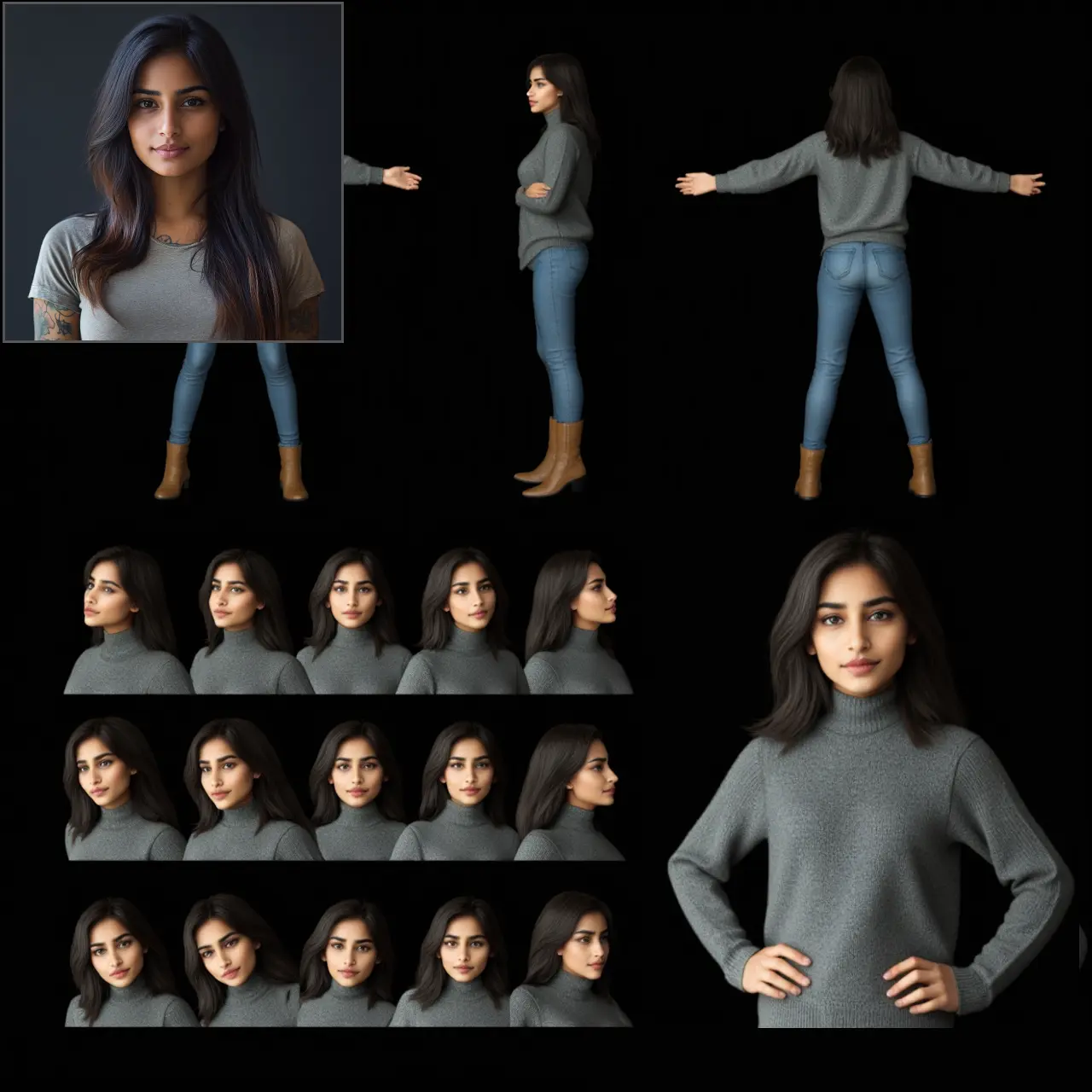ComfyUI Node: Sequential Number Generator
SequentialNumberGenerator
Categorynumber operations
DriftJohnson (Account age: 4052days) Extension
DJZ-Nodes Latest Updated
2025-04-25 Github Stars
0.04K
How to Install DJZ-Nodes
Install this extension via the ComfyUI Manager by searching for DJZ-Nodes- 1. Click the Manager button in the main menu
- 2. Select Custom Nodes Manager button
- 3. Enter DJZ-Nodes in the search bar
Visit ComfyUI Online for ready-to-use ComfyUI environment
- Free trial available
- 16GB VRAM to 80GB VRAM GPU machines
- 400+ preloaded models/nodes
- Freedom to upload custom models/nodes
- 200+ ready-to-run workflows
- 100% private workspace with up to 200GB storage
- Dedicated Support
Sequential Number Generator Description
Generate sequential integer numbers within a user-defined range with automatic reset and seed value support for consistency.
Sequential Number Generator:
The SequentialNumberGenerator is a custom node designed for ComfyUI that facilitates the generation of sequential integer numbers within a user-defined range. This node is particularly useful for scenarios where you need a series of numbers that cycle through a specified range, automatically resetting to the start once the end of the range is reached. By leveraging a seed value, the node ensures that the sequence can be consistently reproduced, making it ideal for applications that require predictable and repeatable number sequences. This functionality is beneficial for AI artists who need to maintain a consistent pattern or order in their creative processes, providing a reliable method to generate numbers in a controlled and systematic manner.
Sequential Number Generator Input Parameters:
start
The start parameter defines the beginning of the range for the sequential number generation. It determines the smallest integer that can be generated by the node. The value of start must be less than or equal to the end parameter to ensure a valid range. The minimum value for start is -2,147,483,648, and the maximum is 2,147,483,647, with a default value of 0. This parameter is crucial as it sets the lower boundary of the sequence, influencing the initial point from which numbers are generated.
end
The end parameter specifies the end of the range for the sequential number generation. It sets the largest integer that can be generated by the node. The end value must be greater than or equal to the start parameter to form a valid range. The minimum value for end is -2,147,483,648, and the maximum is 2,147,483,647, with a default value of 1. This parameter is essential as it defines the upper boundary of the sequence, determining the point at which the sequence will reset back to the start.
seed
The seed parameter is used to initialize the sequence generation, ensuring that the same sequence of numbers can be reproduced consistently. It maps to a valid value within the specified range, allowing for predictable and repeatable number sequences. The minimum value for seed is 0, and the maximum is 18,446,744,073,709,551,615, with a default value of 0. This parameter is important for maintaining consistency across different runs, especially when the same sequence is required for reproducibility in creative projects.
Sequential Number Generator Output Parameters:
value
The value output represents the current integer generated by the node within the specified range. It is the number that corresponds to the current position in the sequence, based on the start, end, and seed parameters. This output is crucial for users who need to utilize the current number in their workflows, providing a direct representation of the sequence's current state.
next
The next output indicates the subsequent integer in the sequence that will be generated after the current value. It provides insight into the next number in the cycle, allowing users to anticipate the sequence's progression. This output is valuable for planning and understanding the sequence's flow, especially when integrating the node into larger processes that depend on sequential number generation.
Sequential Number Generator Usage Tips:
- Ensure that the
startparameter is always less than or equal to theendparameter to avoid errors and ensure a valid range for number generation. - Utilize the
seedparameter to maintain consistency across different runs, especially when you need to reproduce the same sequence of numbers for your projects. - Adjust the
startandendparameters to control the range and cycle of the sequence, tailoring it to fit the specific needs of your creative workflow.
Sequential Number Generator Common Errors and Solutions:
Start value must be less than or equal to end value
- Explanation: This error occurs when the
startparameter is set to a value greater than theendparameter, resulting in an invalid range. - Solution: Ensure that the
startparameter is less than or equal to theendparameter to define a valid range for number generation. Adjust the values accordingly to resolve the error.
Sequential Number Generator Related Nodes
RunComfy is the premier ComfyUI platform, offering ComfyUI online environment and services, along with ComfyUI workflows featuring stunning visuals. RunComfy also provides AI Playground, enabling artists to harness the latest AI tools to create incredible art.



